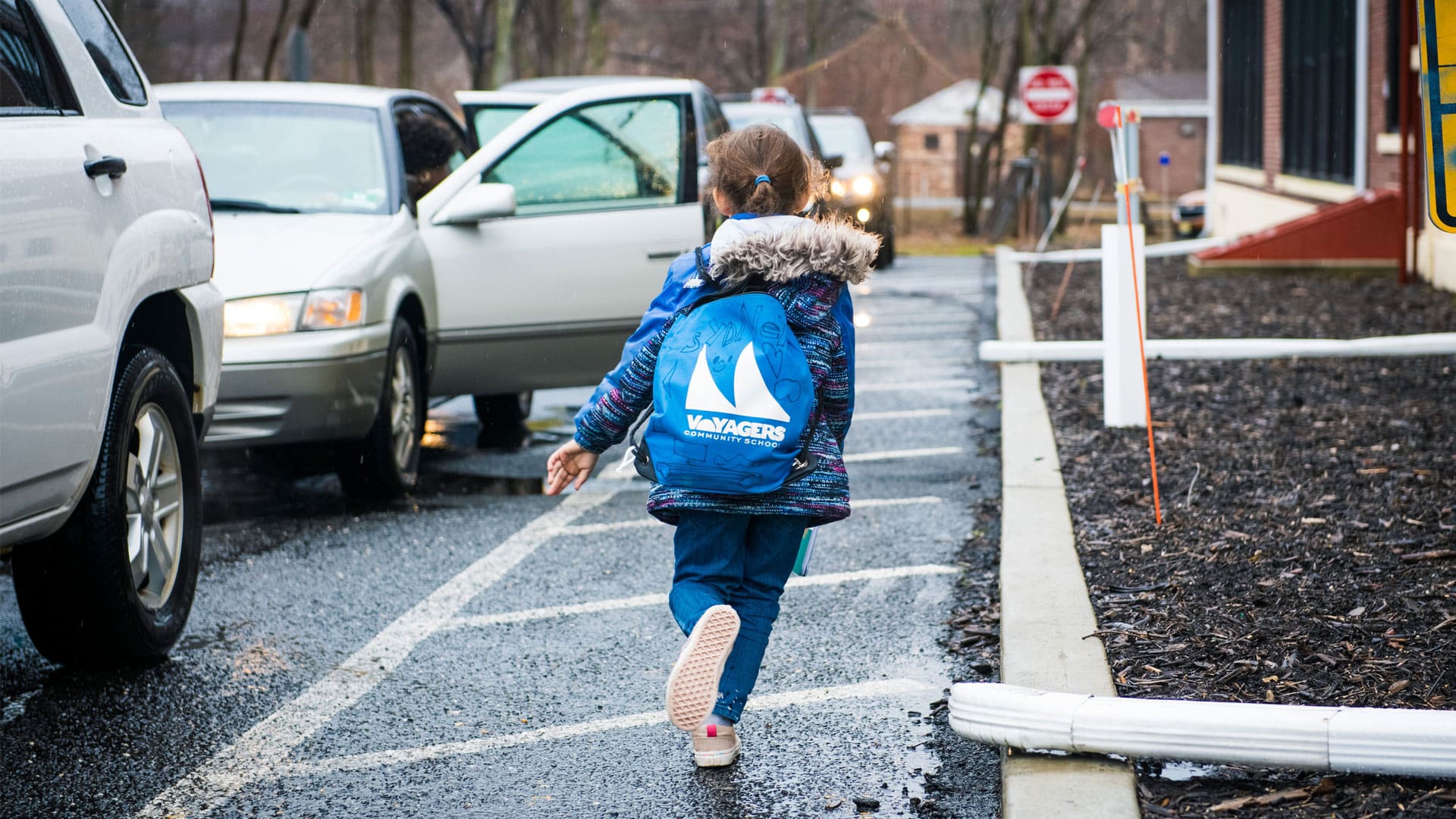
Parents are uncertain of other options but are increasingly aware that there are alternative ways to educate their children.
Fortunately, children in High, Middle, and Elementary school and Preschool are benefiting from alternative approaches to providing education that is meaningful and connected to everyday life. The Reggio Emilia Approach, Montessori method, Waldorf schooling, and other progressive and innovative methods are among the options available.
But which form of schooling is best? If you’ve found yourself asking this question, you’re in the right place. This article will provide your introduction to alternate education models.
Reggio Emilia
The Reggio Emilia approach, named after a village in Italy, was developed after World War II by thinker Loris Malaguzz.
It focuses on giving power back to children. Children learn based on their natural instincts of play, touch, and observation. They develop relationships with other kids and learn how to express themselves.
No day is the same as the other in a Reggio-inspired classroom. How so? Well, children in Reggio Emilia schools express themselves through many modes of language to share their knowledge and learning (these are called the “hundred languages”). Children draw, paint, make music, tell stories, go on field trips, and much more. They also use a variety of natural materials to express themselves. Commonly seen in a Reggio classroom are paint, clay, and natural and recycled materials. Reggio kids are encouraged to learn in ways that best suit them.
Activities and materials are provided to awaken each child’s creative and perceptive potential. Children, rather than learning bits of trivia, are learning how to observe, connect ideas, and think. This helps them articulate their thoughts into ideas and actions later in life. Children learning in Reggio-inspired classrooms innovate and engage in productive projects and work throughout their lives.
Even more exciting is the continuance of the Reggio Approach in K-12 classrooms around the world where students are powerfully engaged in conversation and project- and nature-based exploration in an atmosphere where time is given for innovation and discovery and learning is celebrated.
Montessori Method
The Montessori method is a similarly democratic way of teaching children. However, it’s a bit more prescribed than in a Reggio Emilia classroom. The Montessori method uses materials designed by Maria Montessori, the woman who founded the ideology. These materials are used in a preassigned order, and so they bear more similarities to the formulaic approach of traditional education. however, the significant benefit of the Montessori method is the focus on one-on-one teaching and time to learn.
Waldorf Schools
Waldorf schools focus less on “academic knowledge” than do traditional schools. However, unlike the Reggio Emilia approach, they’re attached to old materials, and often don’t allow new technologies into the classes. While it’s great to have a firm pedagogy and distance from screens, it’s important to understand new technologies and its value in day-to-day life. You don’t want your children to be among those who think the next world-changing innovation is just a “dumb fad”.
The attraction for many parents to Waldorf Schools is its focus on experiential learning, the arts, and the development of a child’s whole self.
Alternative Education For Your Children Makes a Difference
In the last few decades, these education philosophies and approaches have inspired teachers of children beyond preschool age to see the power and competence in their students, and utilizes multisensory tools and questioning to fuel wonder and a desire to know more. This attitude has welcomed students to explore more deeply, ask thoughtful questions, seek answers, and extend their learning beyond the limits of traditional classrooms. It is quite common to see engagement, excitement, and a commitment to seeking and knowing.
These methods of teaching eliminate the need for competitive testing, academic placement, and behavioral rewards to push learning. They set the condition for motivation to arise from within the student. Additionally, each approach embraces independence and inclusive
Voyagers’ Community School sees every student, from infancy through high school, as powerful, resourceful, and competent. and brings out the best in each with innovative access to a well-rounded and exciting education. If you want to raise your kid to be different from the rest, to stand out as leaders, consider our school.
For more information, connect with us today.